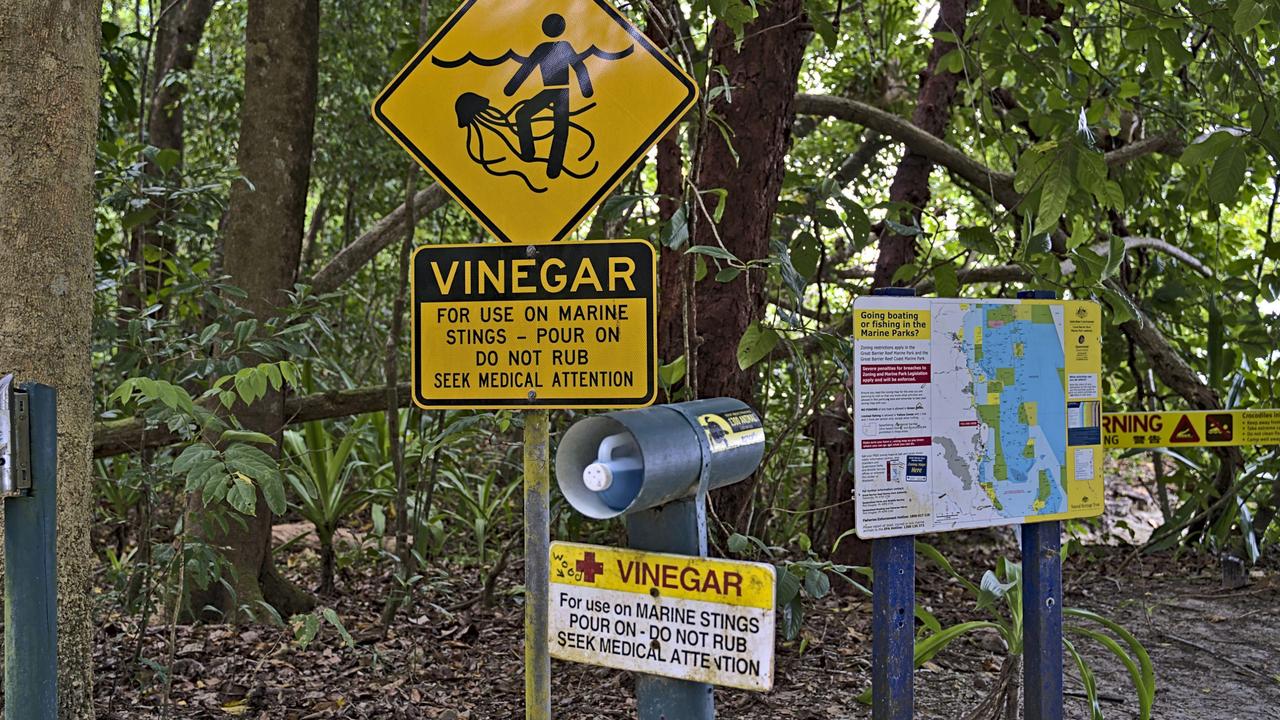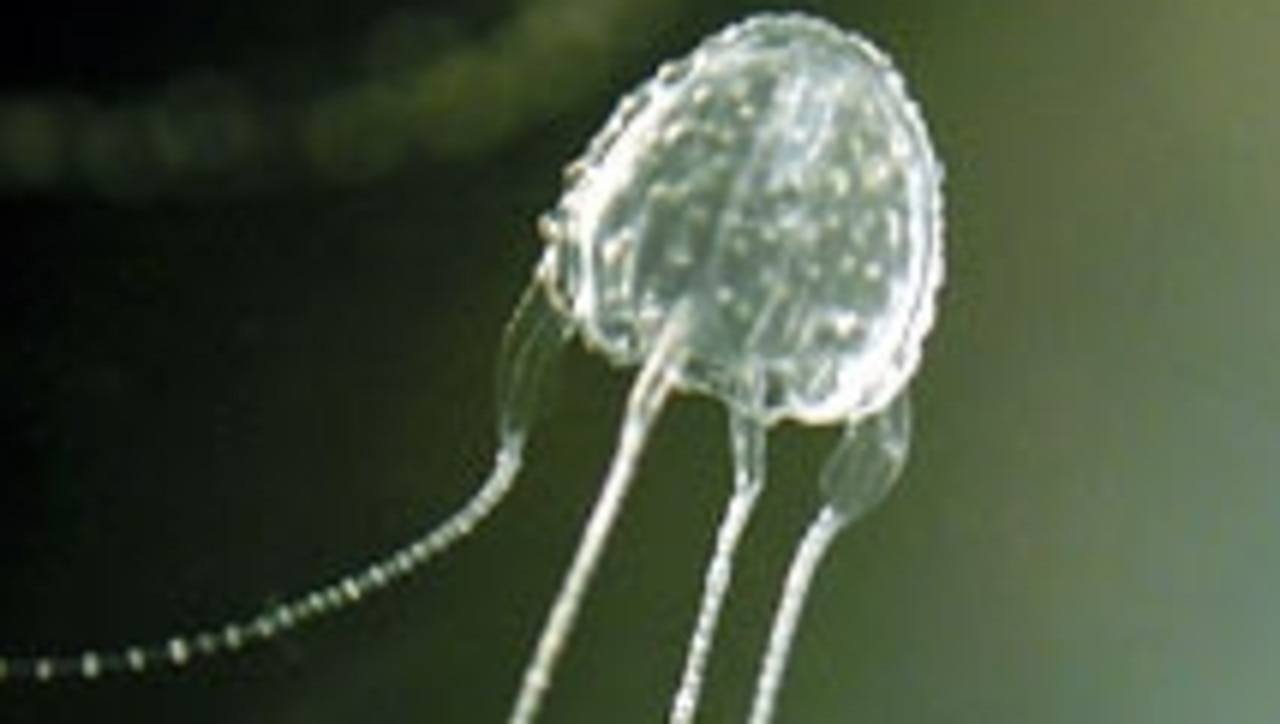Concerning increase in deadly Irukandji jellyfish stings at K’gari
Tourists swimming in the crystal clear waters surrounding a popular Queensland island are being warned of a deadly creature lurking below the surface.

Tourists visiting the ever popular K’gari in Queensland are being warned of a concerning increase in deadly Irukandji jellyfish after a spate of stings this summer.
The tourist hotspot, formerly known as Fraser Island, is a popular destination for both domestic and international visitors because of its World Heritage Site status, stunning beaches and abundant wildlife.
But experts say swimmers need to be vigilant following a number of deadly encounters with the jellyfish while spending time in the water.
In just four days, six people have been injured with suspected Irukandji jellyfish stings at K’gari, which sits off the Queensland coast.

On Sunday, LifeFlight responded and flew a girl to Hervey Bay Hospital with a suspected sting, and on Monday afternoon, a man and an infant were also taken to the mainland with suspected stings.
Speaking to 9News, the mother of an eight-year-old boy also stung by the jellyfish said he was playing in the water when suddenly, he screamed out in pain.
“It felt like he was being stung from the inside and then within maybe five minutes he said he was complaining of chest pain and at that point, I was extremely worried,” his mum, Kristy Te Mana, told 9News, adding her son had three small red marks, started vomiting, and said he couldn’t feel his legs.
“It was pretty scary, and I just tried to remain calm,” Ms Te Mana said.

There are multiple theories behind the increase of stings, with the jellyfish more likely to congregate in more tropical waters — such as Queensland’s north and far north.
Certain currents, however, could be causing the deadly jellyfish to travel further south.
Professor David Schoeman from the University of the Sunshine Coast told Yahoo News Australia that strong onshore winds may cause an increase in presence of the jellyfish, because the winds can bring oceanic waters to the coast.

Professor Kylie Pitt from Griffith University added that the East Australian Current could be pushing the jellyfish from the north to waters closer to K’gari.
“That could potentially be a bit of a highway that could distribute some of those species from the northern part of Queensland into the southern waters,” Professor Pitt told 9News.
The Irukandji are a small and extremely venomous jellyfish and usually grow to about one cubic centimetre in size.
The creatures have been reported off K’gari for almost 20 years, and with school holidays in full swing — more visitors are cooling off in the waters, also potentially leading to an increase in sting reports.



